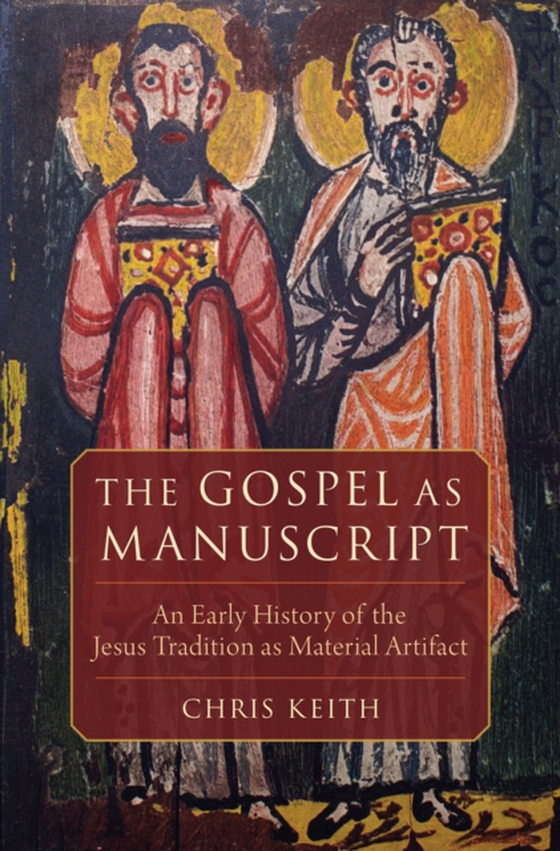
Gospel as Manuscript e-bog
591,74 DKK
(ekskl. moms 473,39 DKK)
"e;But the Bible says"e; is a common enough refrain in many conversations about Christianity. The written verses of the four canonical Gospels are sometimes volleyed back and forth and taken as fact while the apocryphal and oral accounts of the life of Jesus are taken as mere oddities. Early thinkers inside and outside the community of Jesus-followers similarly described a contentious r...
E-bog
591,74 DKK
Forlag
Oxford University Press
Udgivet
20 marts 2020
Længde
288 sider
Genrer
HRCA
Sprog
English
Format
epub
Beskyttelse
LCP
ISBN
9780190097240
"e;But the Bible says"e; is a common enough refrain in many conversations about Christianity. The written verses of the four canonical Gospels are sometimes volleyed back and forth and taken as fact while the apocryphal and oral accounts of the life of Jesus are taken as mere oddities. Early thinkers inside and outside the community of Jesus-followers similarly described a contentious relationship between the oral and the written, though they often focused on the challenges of trusting the written word over the spoken-Socrates described the written word an illegitimate "e;bastard"e; compared to the spoken word of a teacher. Nevertheless, the written accounts of the Jesus tradition in the Gospels have taken a far superior position in the Christian faith to any oral tradition. In The Gospel as Manuscript, Chris Keith offers a new material history of the Jesus tradition's journey from voice to page, showing that the introduction of manuscripts played an underappreciated, but crucial, role in the reception history of the gospel. From the textualization of Mark in the first century CE until the eventual usage of liturgical readings as a marker of authoritative status in the second and third centuries, early followers of Jesus placed the gospel-as-manuscript on display by drawing attention to the written nature of their tradition. Many authors of Gospels saw themselves in competition with other evangelists, working to establish their texts as the quintessential Gospel. Reading the texts aloud in liturgical settings and further establishedthe literary tradition in material culture. Revealing a vibrant period of competitive development of the Jesus tradition, wherein the material status of the tradition frequently played as important a role as the ideas that it contained, Keith offers a thorough consideratios of the competitive textualization and public reading of the Gospels.
 Dansk
Dansk

